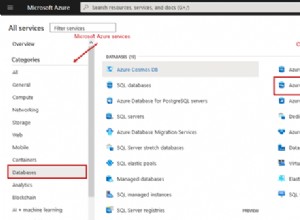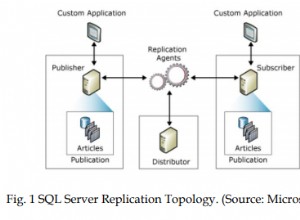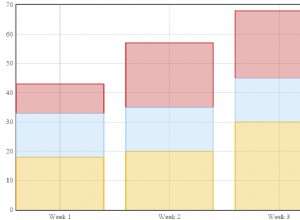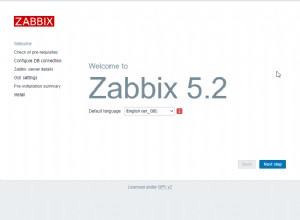Ho passato un po' di tempo a cercare una soluzione e ho trovato la seguente funzione mysql che genera un UUID casuale (cioè UUIDv4) usando le funzioni MySQL standard. Sto rispondendo alla mia stessa domanda per condividerla nella speranza che possa essere utile.
-- Change delimiter so that the function body doesn't end the function declaration
DELIMITER //
CREATE FUNCTION uuid_v4()
RETURNS CHAR(36) NO SQL
BEGIN
-- Generate 8 2-byte strings that we will combine into a UUIDv4
SET @h1 = LPAD(HEX(FLOOR(RAND() * 0xffff)), 4, '0');
SET @h2 = LPAD(HEX(FLOOR(RAND() * 0xffff)), 4, '0');
SET @h3 = LPAD(HEX(FLOOR(RAND() * 0xffff)), 4, '0');
SET @h6 = LPAD(HEX(FLOOR(RAND() * 0xffff)), 4, '0');
SET @h7 = LPAD(HEX(FLOOR(RAND() * 0xffff)), 4, '0');
SET @h8 = LPAD(HEX(FLOOR(RAND() * 0xffff)), 4, '0');
-- 4th section will start with a 4 indicating the version
SET @h4 = CONCAT('4', LPAD(HEX(FLOOR(RAND() * 0x0fff)), 3, '0'));
-- 5th section first half-byte can only be 8, 9 A or B
SET @h5 = CONCAT(HEX(FLOOR(RAND() * 4 + 8)),
LPAD(HEX(FLOOR(RAND() * 0x0fff)), 3, '0'));
-- Build the complete UUID
RETURN LOWER(CONCAT(
@h1, @h2, '-', @h3, '-', @h4, '-', @h5, '-', @h6, @h7, @h8
));
END
//
-- Switch back the delimiter
DELIMITER ;
Nota:la generazione di numeri pseudo-casuali utilizzata (RAND di MySQL ) non è crittograficamente sicuro e quindi presenta alcuni pregiudizi che possono aumentare il rischio di collisione.




